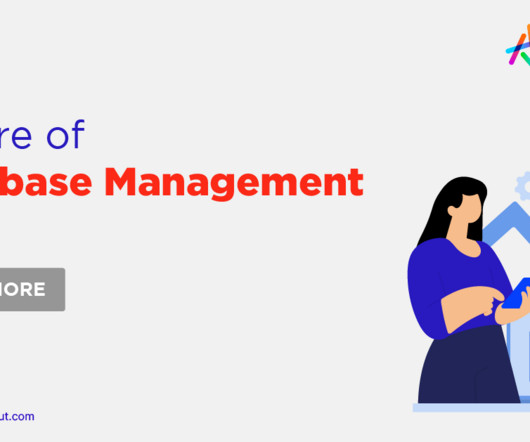Unstructured Data: Examples, Tools, Techniques, and Best Practices
AltexSoft
MAY 12, 2023
In today’s data-driven world, organizations amass vast amounts of information that can unlock significant insights and inform decision-making. A staggering 80 percent of this digital treasure trove is unstructured data, which lacks a pre-defined format or organization. What is unstructured data?














Let's personalize your content